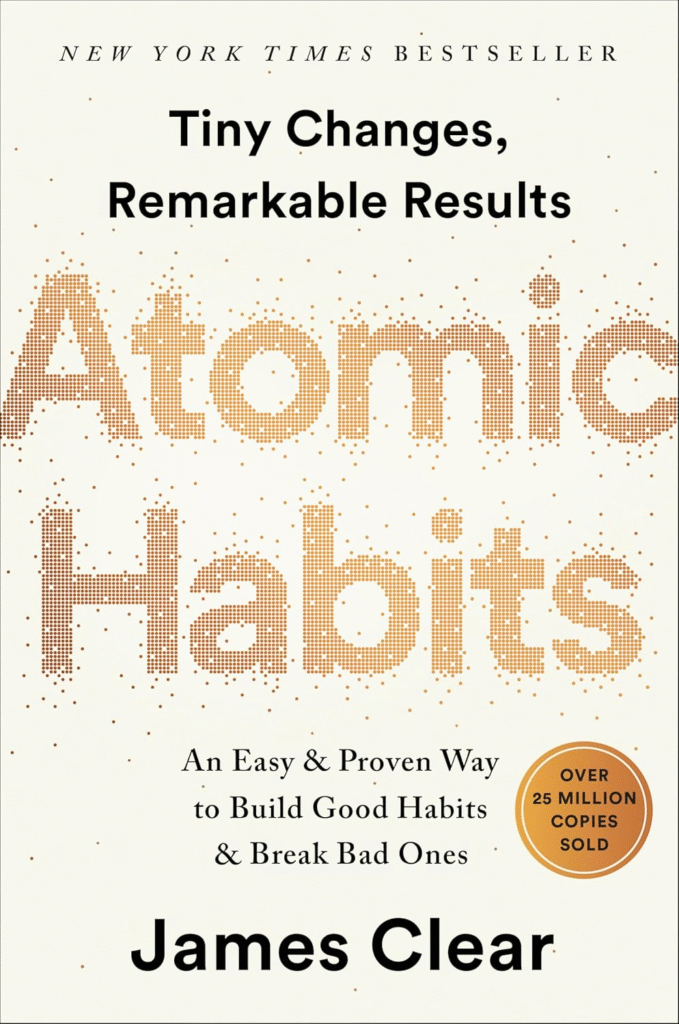Transforming dreams into reality isn’t about waiting for perfect conditions—it’s about cultivating the right mindset and taking strategic action. While nearly everyone aspires to succeed, only a small fraction move beyond the dreaming phase. Research shows just 8% of people actually achieve their goals, and what sets them apart isn’t luck—it’s the mental patterns they adopt.
As Napoleon Hill famously said: “Whatever the mind can conceive and believe, it can achieve.” Achievers prove that success is less about external circumstances and more about how we think, decide, and act. This guide outlines the 7 mindset shifts that will help you make 2025 the year you stop dreaming and start achieving.
The Psychology of Goal Achievement: Why Most Dreams Fail
The sobering truth: 92% of people fail to reach their goals not because they lack ability, but because they get stuck in predictable mental traps. Recognizing these barriers is the first step to breaking free.
Common Dreamer Mindsets That Sabotage Success:
- Perfectionism Paralysis: Waiting for ideal conditions that never arrive
- Analysis Paralysis: Overthinking until motivation disappears
- Resource Fixation: Obsessing over what’s missing instead of using what’s available
- Outcome Obsession: Feeling crushed by the weight of a huge end goal
- Comparison Trap: Judging your beginning against someone else’s middle
Neuroscience shows that our brains treat challenges as threats, triggering fear responses that keep us in comfort zones. Achievers rewire these responses through intentional mindset shifts.

Recommended Reading
The 7 Mindset Shifts That Turn Dreamers Into Achievers
1. From Obstacle Focus → Resource Recognition
Dreamers see problems; achievers see possibilities.
The Science: Stanford research shows people who focus on resources are 40% more likely to reach goals.
How to Apply:
- Inventory your assets (skills, time, tools, connections).
- Ask: “What can I do with what I have?”
- Create a resource map before making a strategy.
- Celebrate small wins to fuel confidence.
Real-World Example: Sara Blakely founded Spanx with $5,000, focusing on her sales skills instead of her lack of fashion experience—now she’s a billionaire.
2. From Perfectionist Waiting → Progressive Action
Achievers know that done beats perfect.
Key Strategies:
- Apply the 80/20 rule: start when you’re 80% ready.
- Define “minimum viable goals.”
- Use 25-minute time-boxed work sessions.
- Default to doing rather than planning.
Why It Works: Small consistent steps compound into massive results. As James Clear’s Atomic Habits shows, a 1% daily improvement = 37x growth in one year.
3. From Overwhelming Vision → Manageable Milestones
Think big, start small. Break ambitious goals into digestible steps.
The SMART-ER Framework (for 2025):
- Specific, Measurable, Achievable, Relevant, Time-bound
- Exciting (emotionally compelling)
- Reviewed (regular check-ins)
Implementation: Define a 10-year vision, break it down into 1-year goals, then quarterly, monthly, weekly, and daily actions.
4. From Fixed Mindset → Growth Mindset
Stanford’s Carol Dweck found growth mindset thinkers perform 40% better.
Shift Your Thinking:
- Fixed: “I’m not good at this.” → Growth: “I’m not good at this yet.”
- Fixed: “This is too hard.” → Growth: “This is challenging, so I’ll learn.”
Practical Steps:
- Treat failures as feedback.
- Celebrate effort, not just outcomes.
- Learn from others’ success instead of feeling threatened.
5. From Isolation → Community & Accountability
Success is rarely solo. Accountability partners increase goal success by 65%.
Build Your Ecosystem:
- Partner with someone pursuing similar goals.
- Join masterminds, mentorships, or growth communities.
- Publicly declare goals—this boosts follow-through by 42%.
6. From Reactive → Proactive Planning
Motivation fades; systems sustain action.
Achievement System Framework:
- Morning rituals to prime your mindset.
- Time-blocking for focused work.
- Weekly reviews to adjust course.
- Reward milestones to maintain energy.
Tip: Design your environment to reduce friction for good habits and increase friction for distractions.
7. From Short-Term Gratification → Long-Term Vision
The marshmallow test proved it: delayed gratification predicts success.
Strategies to Strengthen Discipline:
- Visualize long-term rewards.
- Use the 10-10-10 rule (how will I feel in 10 minutes, 10 months, 10 years?).
- Say no to what doesn’t serve your future self.
Turning Mindset Into Action: A 4-Week Kickstart
- Week 1 – Foundation: Define vision, set top 3 goals, inventory resources, design environment.
- Week 2 – Systems: Establish routines, set up accountability, track progress, schedule reviews.
- Week 3 – Momentum: Take daily action, journal progress, celebrate small wins, adjust as needed.
- Week 4 – Acceleration: Intensify action, expand your network, optimize systems, plan ahead.
Overcoming Common Roadblocks
- When Motivation Wanes: Revisit your “why,” review progress, lower the bar to keep moving, seek inspiration.
- When Progress Feels Slow: Zoom out to the long-term view, track actions not just outcomes, trust compounding, get feedback.
- When Obstacles Seem Too Big: Break steps down further, ask for help, seek alternative paths, reframe challenges as teachers
The Science of Sustained Achievement
Lasting change requires rewiring your brain:
- Neuroplasticity: Repetition strengthens success pathways.
- Visualization: Activates the same networks as real performance.
- Positive self-talk: Strengthens decision-making.
- Celebration rituals: Release dopamine that locks in habits.
Habit Formation Timeline: It takes an average of 66 days to form automatic behaviors—making your first 10 weeks critical.
From Dreams to Reality: Your Next Steps
The difference between dreamers and achievers isn’t talent or luck—it’s mindset plus consistent action. As Christian D. Larson wrote: “Believe in yourself and all that you are. Know that there is something inside you that is greater than any obstacle.”
Your transformation starts today:
- Choose one mindset shift to practice this week.
- Take the smallest first step now.
- Find an accountability partner.
- Reinforce your mindset daily.
- Commit to the 66-day journey.
Every expert was once a beginner. Every pro was once an amateur. Every icon was once unknown. The only question is: will you shift your mindset and take action? What do you think?
The time is now. Your future self is waiting.
Thank you for reading until last words. Your patience and focus already reflect true leadership. Keep going— If this inspired you, share your perspective and pass it on to someone who dreams of becoming a great leader.
